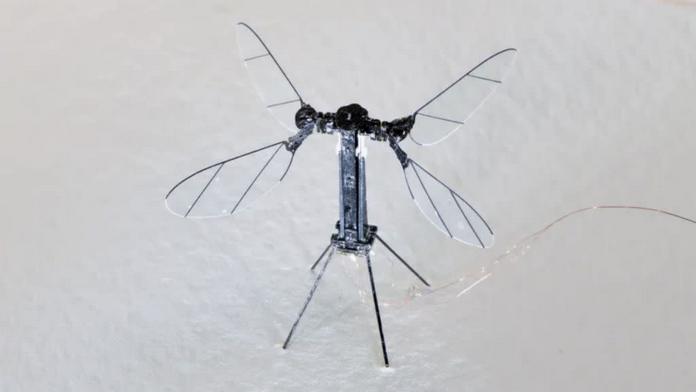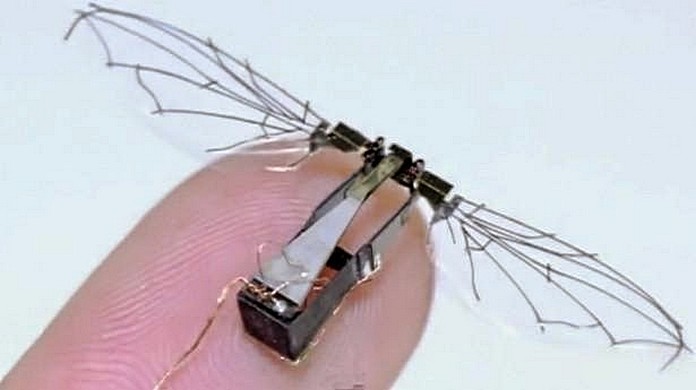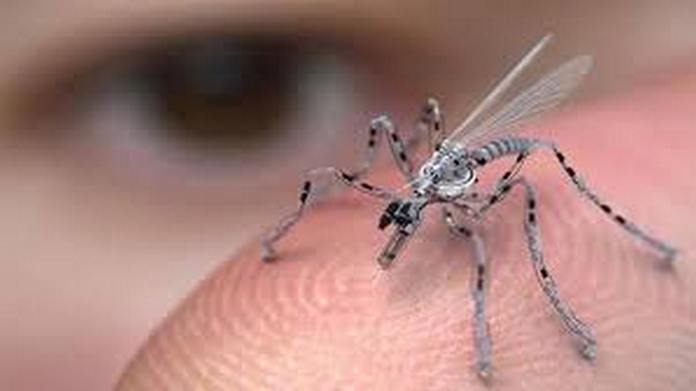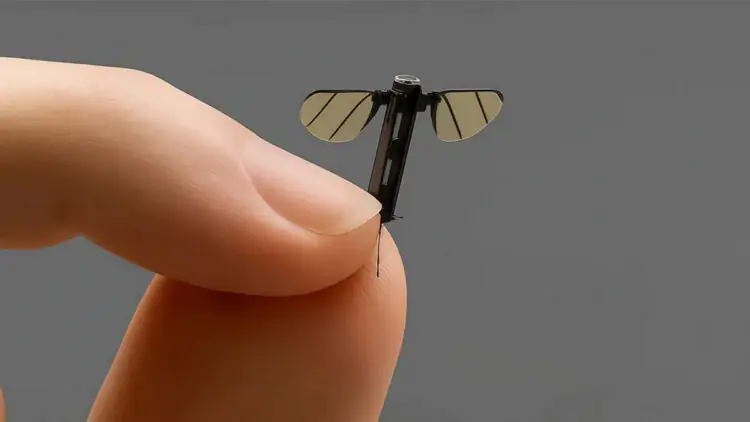In China, a mosquito-sized microdrone designed for reconnaissance missions has been unveiled. Developed by a team at the National University of Defense Science and Technology in Hunan Province, the device is so small it can easily fit between two fingers and closely resembles a real mosquito in appearance.
The microdrone first came to public attention after being featured on China’s state broadcaster CCTV 7. The project gained further coverage from the South China Morning Post following a demonstration where a student named Liang Hexian held the device between her fingers. According to its developers, the drone is intended for intelligence gathering, performing typical spy device functions.

Currently, several design variants are known. One features a two-winged structure, while another has four wings, which adds stability. The drones can reportedly be controlled via mobile devices, such as smartphones. Although the specifications of the onboard equipment remain classified, it’s reasonable to assume that data-gathering capabilities are limited due to the drone’s microscopic size.
The emergence of such technologies confirms that miniature drones with AI components are increasingly seen not only as espionage tools but also as promising solutions for rescue and reconnaissance missions in environments hazardous to humans. They can be used to safely access combat zones or areas affected by natural disasters, where the risk to human life is too high.

A key challenge for these devices is power supply. To complete missions effectively, the drone must have enough battery life either to return to base or to transmit collected data before the power source runs out. So far, there is no confirmation that such drones are actively used by China’s armed forces. It’s more likely that these are prototypes still undergoing laboratory testing.

For those interested in microdrones, it’s worth noting other similar developments – such as a winged VTOL drone produced using 3D printing technology. Both examples highlight how engineering creativity and modern technology are enabling the creation of extremely compact and functional flying devices that could potentially transform approaches to reconnaissance and rescue operations.
Source: SCMP









